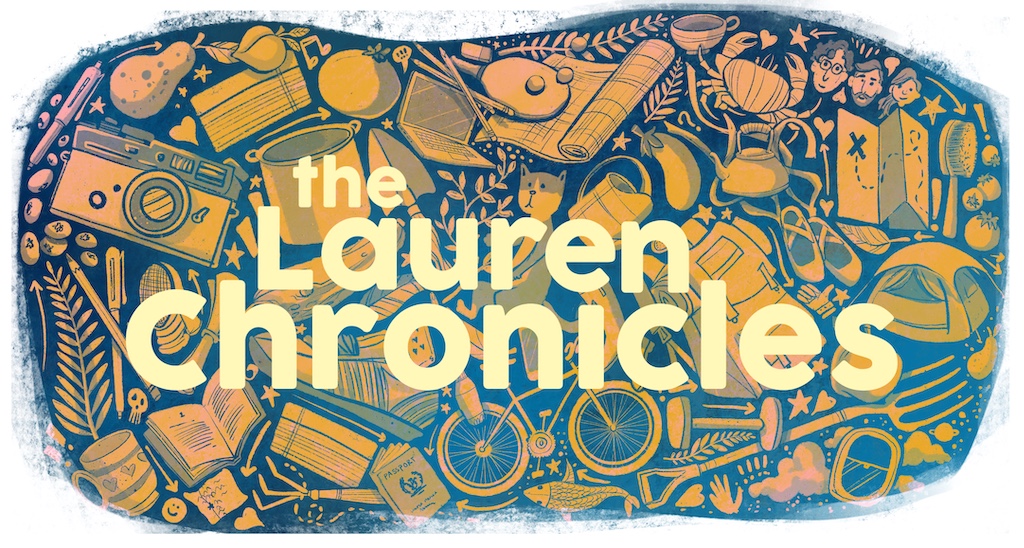Mirror, mirror on the wall
 Sitting next to me at the anti-aging convention in Las Vegas was a smooth-faced honey blonde with taut cheeks and forehead, a firm chin and knife-sharp jawline, no nasal-labial lines, no lines anywhere and Angelina Jolie lips. The convention is a huge event featuring three days of paper presentations and panels, and showcasing hundreds and hundreds of anti-aging products and services. I was there to do “traditional” research for my book, Counterclockwise – taking notes at presentations, buttonholing experts, getting copies of papers. But I was also there as a kind of cultural anthropologist observing this well developed, carefully crafted new culture of anti-aging enthusiasts.
Sitting next to me at the anti-aging convention in Las Vegas was a smooth-faced honey blonde with taut cheeks and forehead, a firm chin and knife-sharp jawline, no nasal-labial lines, no lines anywhere and Angelina Jolie lips. The convention is a huge event featuring three days of paper presentations and panels, and showcasing hundreds and hundreds of anti-aging products and services. I was there to do “traditional” research for my book, Counterclockwise – taking notes at presentations, buttonholing experts, getting copies of papers. But I was also there as a kind of cultural anthropologist observing this well developed, carefully crafted new culture of anti-aging enthusiasts.
This woman sitting next to me in the cavernous conference hall could have been in her late twenties. I watched her out of the corner of my eye. She reached into her purse. That’s weird, I thought. Her hands were veiny and freckled with age spots. This young woman somehow had the hands of a 60 year old. It took me a moment to realize my error. It’s the other way around: This 60-plus-year-old woman is wearing the face of a 25 year old.
From her purse she pulled a pair of reading glasses, perched them on her perfect nose and squinted as she rummaged around in her purse until she found two small prescription pill bottles. She set them on the table in front of her, and when she turned away to grab a water bottle, I sneaked a peek: Lipitor. Atenolol. Lipitor is the top cholesterol-lowering drug. Atenolol is a beta blocker often prescribed to prevent second heart attacks.
Living beneath this impressively wrinkle-free, youthful mask was a not-very-healthy older middle-aged woman with high cholesterol and heart disease. She believed she’d turned back the clock because the mirror showed her a young face. But actually, biologically turning back the clock is about becoming younger on the inside not the outside. Slowing or reversing aging is not about surgery, or injectibles or fillers. It’s about all the things we can do to sustain and regain the vitality and youthfulness of our hearts, lungs, arteries, brains, muscles. It’s about recapturing, regaining and sustaining intellectual verve, creative vitality, a sense of adventure, a love of challenges and new things, curiosity, wonder, optimism.
That’s what “anti-aging” is about.






6 comments
It is unfortunate that our society promotes anti-aging from the outside and devotes so much time and money to make sure we are buying into the necessity to “look” young. On the other hand, we are being fed a high cholesterol, high sugar, fat and salt diet which destroys our inside! And the same amount of money that is being spent on marketing “anti-aging” products is spent marketing junk food! What a great society could we have if we spent all of this money on producing fresh, organic fruits and veggies and having fun!
Thanks for this, Del. It’s interesting to think about all this in monetary terms, as you did. How much do consumers spend on superficial anti-aging “fixes,” how much do producers spend on R&D, production/ manufacturing, advertising and promotion for superficial anti-aging fixes v how much is spent on healthy, from the inside-out approaches, prevention, etc. Yikes.
It’s all about money eventually. People will make, say, sell and do anything that makes $$. And the practice of medicine is in such dire straits that I see many MDs adding money making services (to counteract the lack of appreciation – via reimbursement – for prevention and education). Such an interesting phenom to watch unfold…
People want to believe they are benefiting from looking younger in some way.
Can’t wait to put the book in my reception area!!
So much about REAL (from the inside out) anti-aging IS prevention and education — exactly, as you say, what docs don’t get reimbursed for. Our health care system has not much to do with health and less to do with care. Thanks for swimming against the tide, Doni.
You are absolutely correct about what is important. If we are not preserving our skin with expensive anti-aging products and treatments…we are shaving the hair so that we look like a 12-year old gymnast. The world is crazy. If we gave all the money we spend on anti-aging products toward hunger, education, and rebuilding our failed systems we might make a difference.
Thanks for weighing in on this, Annie. In the U.S., we spent $114 billion on anti-aging products last year.
Leave a Comment